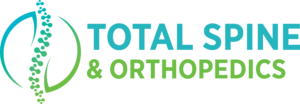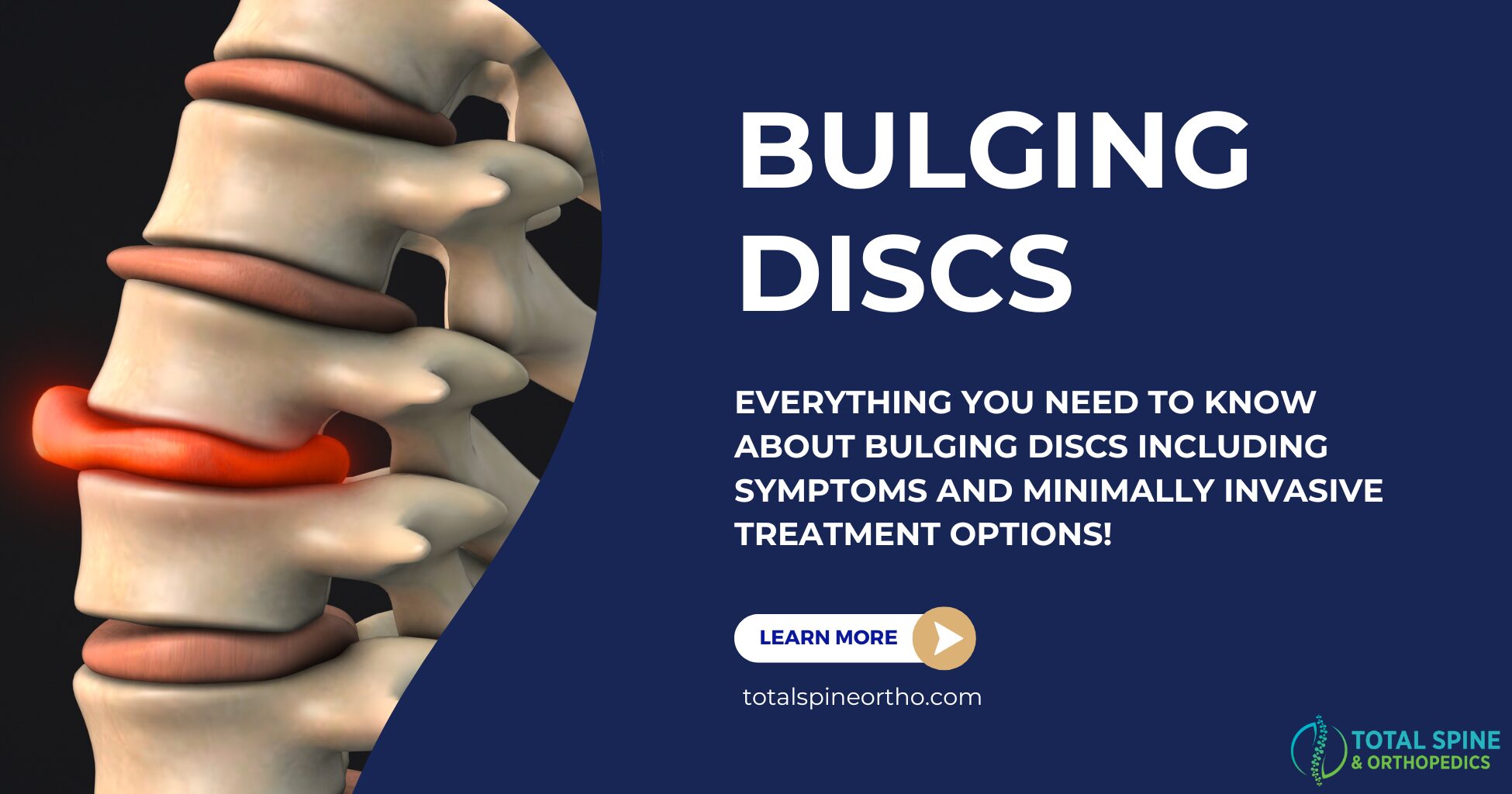A bulging disc is a common spinal condition that can cause significant discomfort and impact daily activities. Understanding its causes, symptoms, and treatment options is crucial for effective management.
What is a Bulging Disc?
A bulging disc occurs when a spinal disc protrudes beyond its normal boundary, typically without rupturing the outer layer. This condition is often painless, but it can compress nearby nerves, leading to pain and other symptoms. Bulging discs are most commonly found in the lumbar (lower back) and cervical (neck) regions of the spine.
Causes of Bulging Discs
Several factors can contribute to the development of a bulging disc:
- Aging: The natural aging process leads to the degeneration of spinal discs, making them more prone to bulging.
- Trauma: Injuries from accidents, falls, or heavy lifting can cause a disc to bulge.
- Repetitive Strain: Continuous strain on the spine from activities such as heavy lifting or prolonged sitting can weaken the discs.
- Genetics: A family history of spinal conditions can increase the likelihood of developing a bulging disc.
Symptoms of Bulging Discs
Symptoms of a bulging disc vary depending on the location and severity of the condition. Common symptoms include:
- Pain: Localized pain in the back or neck, which may radiate to the arms or legs.
- Numbness and Tingling: Sensations of numbness or tingling in the affected areas.
- Weakness: Muscle weakness in the areas served by the affected nerves.
- Limited Mobility: Difficulty moving or performing certain activities due to pain and stiffness
Diagnosis
A bulging disc is typically diagnosed through a combination of medical history, physical examination, and imaging tests such as MRI or CT scans. These tests help visualize the extent of disc protrusion and its impact on surrounding nerves
Treatment Options
Treatment for a bulging disc depends on the severity of symptoms and the specific needs of the patient. Common treatment options include:
- Conservative Treatments:
- Rest: Taking a break from activities that exacerbate symptoms.
- Physical Therapy: Exercises and stretches to strengthen the spine and improve flexibility.
- Medications: Pain relievers, anti-inflammatory drugs, and muscle relaxants to manage pain and inflammation.
- Minimally Invasive Procedures:
- Epidural Steroid Injections: Injections to reduce inflammation and relieve pain.
- Nerve Blocks: Procedures to block pain signals from affected nerves
- Surgical Options:
- Discectomy: Removal of the protruding portion of the disc to relieve nerve compression.
- Spinal Fusion: Fusing two or more vertebrae to stabilize the spine.
- Artificial Disc Replacement: Replacing the damaged disc with an artificial one to restore normal function.
Prevention Tips
Preventing bulging discs involves maintaining a healthy lifestyle and taking care of your spine:
- Exercise Regularly: Engage in activities that strengthen the core muscles and improve flexibility.
- Maintain Good Posture: Practice proper posture when sitting, standing, and lifting.
- Avoid Smoking: Smoking can accelerate disc degeneration.
- Stay Hydrated: Proper hydration helps maintain disc health.
- Weight Management: Maintain a healthy weight to reduce stress on the spine
At Total Spine and Orthopedics, we understand how debilitating a bulging disc can be, affecting not only your physical health but also your overall quality of life. Our team is dedicated to providing comprehensive care, tailored to meet your unique needs. Whether through conservative treatments like medication or advanced minimally invasive surgical options, we are here to help you regain mobility and live pain-free. Don’t let a bulging disc hold you back any longer. Contact us today to schedule a consultation and take the first step toward reclaiming your quality of life.


